Here’s how each continent built its wealth
The world is a vast tapestry of continents, each with its unique economic story. From the bustling markets of Asia to the untapped potentials of Antarctica, every continent contributes dynamically to the global economy. Discover how historical events, natural resources, and technological advances have shaped the wealth and economies of these diverse regions.
Africa: Rich in Resources, Diverse Economies

Africa is often hailed for its abundant natural resources, including significant deposits of gold, diamonds, and oil. Nigeria, for instance, is one of the top oil producers globally, while South Africa is renowned for its gold and diamond mines. Despite these riches, the continent faces economic diversification challenges, as many countries rely heavily on raw material exports. This reliance often leaves them vulnerable to global price fluctuations, which underscores the need for economic diversification.
North America: From Colonization to Global Power
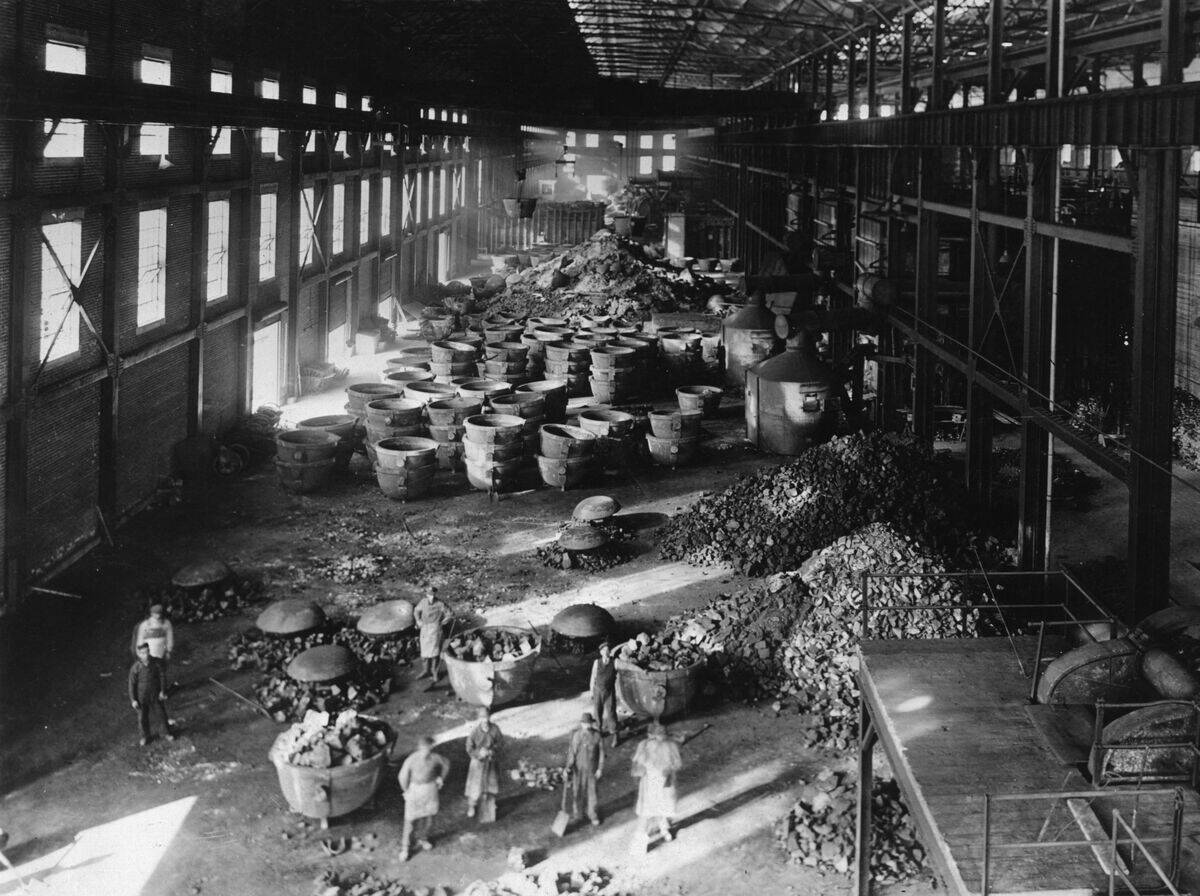
North America’s economic journey began with colonization, which laid the groundwork for its current global dominance. The United States, in particular, emerged as a superpower, largely due to its industrial capacity and technological innovations. Canada, with its vast natural resources, complements the regional economy, while Mexico’s growing manufacturing sector plays a crucial role. Together, these nations form a formidable economic bloc that influences global trade and politics.
South America: The Boom and Bust of Natural Resources
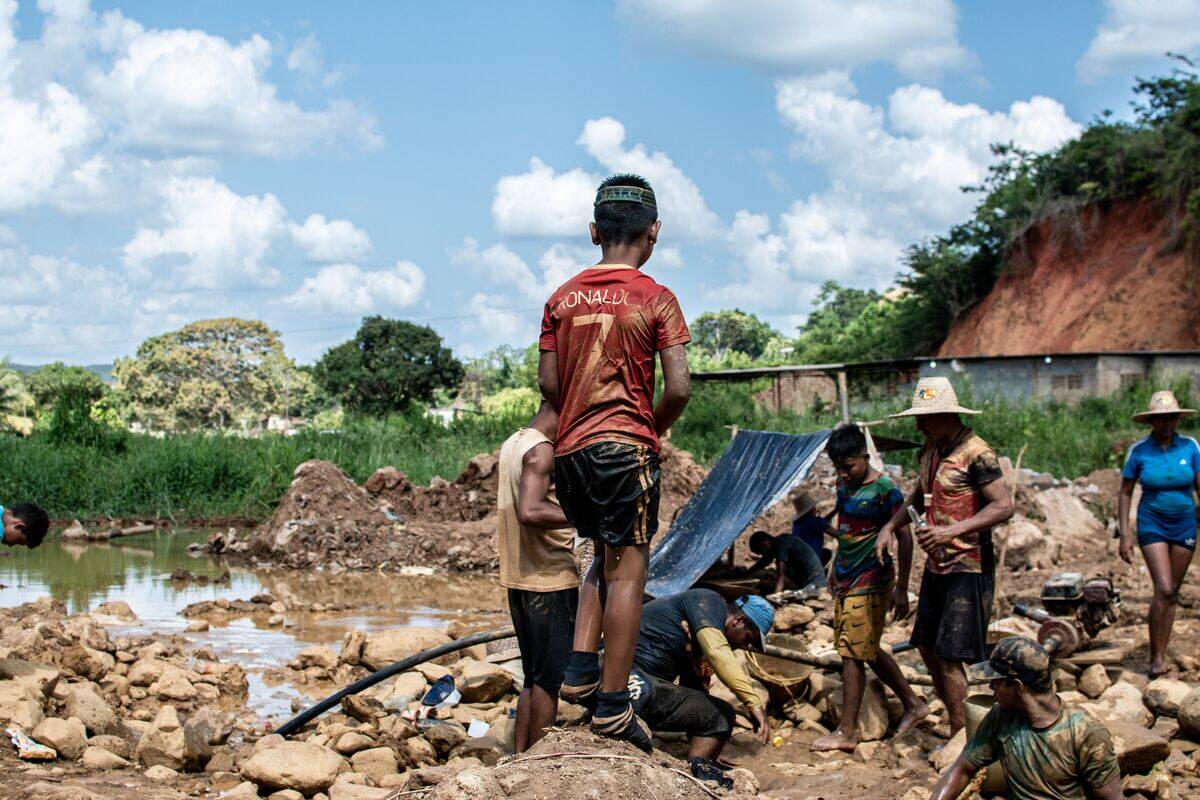
South America’s economy is deeply tied to its natural resources, with countries like Brazil and Venezuela being major players in agriculture and oil, respectively. Brazil is the world’s largest exporter of coffee and soybeans, while Venezuela holds some of the largest proven oil reserves on the planet. However, the continent often experiences economic volatility, as reliance on these commodities can lead to boom and bust cycles, impacting economic stability.
Europe: The Legacy of Industrialization and Colonialism
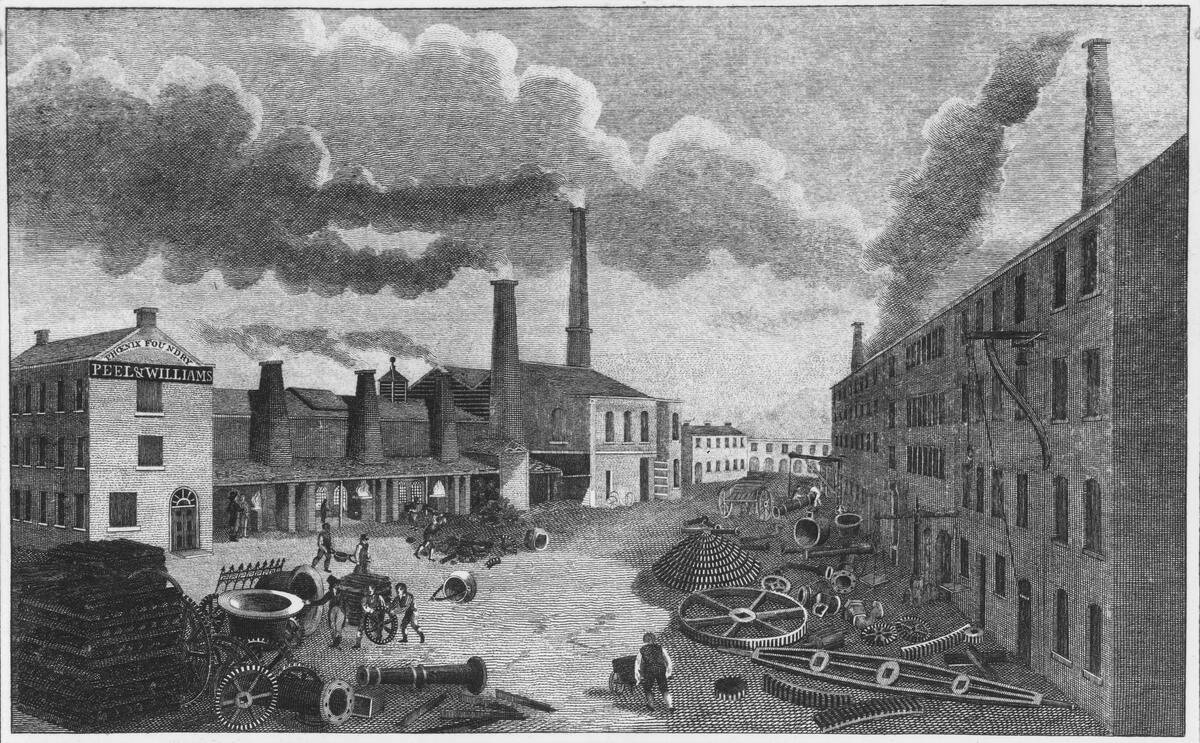
Europe’s economic history is marked by the Industrial Revolution, which transformed it into a manufacturing powerhouse. This period also saw European powers establish colonies worldwide, creating vast trade networks. Today, Europe remains an economic titan, with Germany and the UK leading in manufacturing and finance. However, the legacy of colonialism still affects economic relations, as former colonies seek to redefine their economic ties with Europe.
Asia: The Rise of the Economic Giants
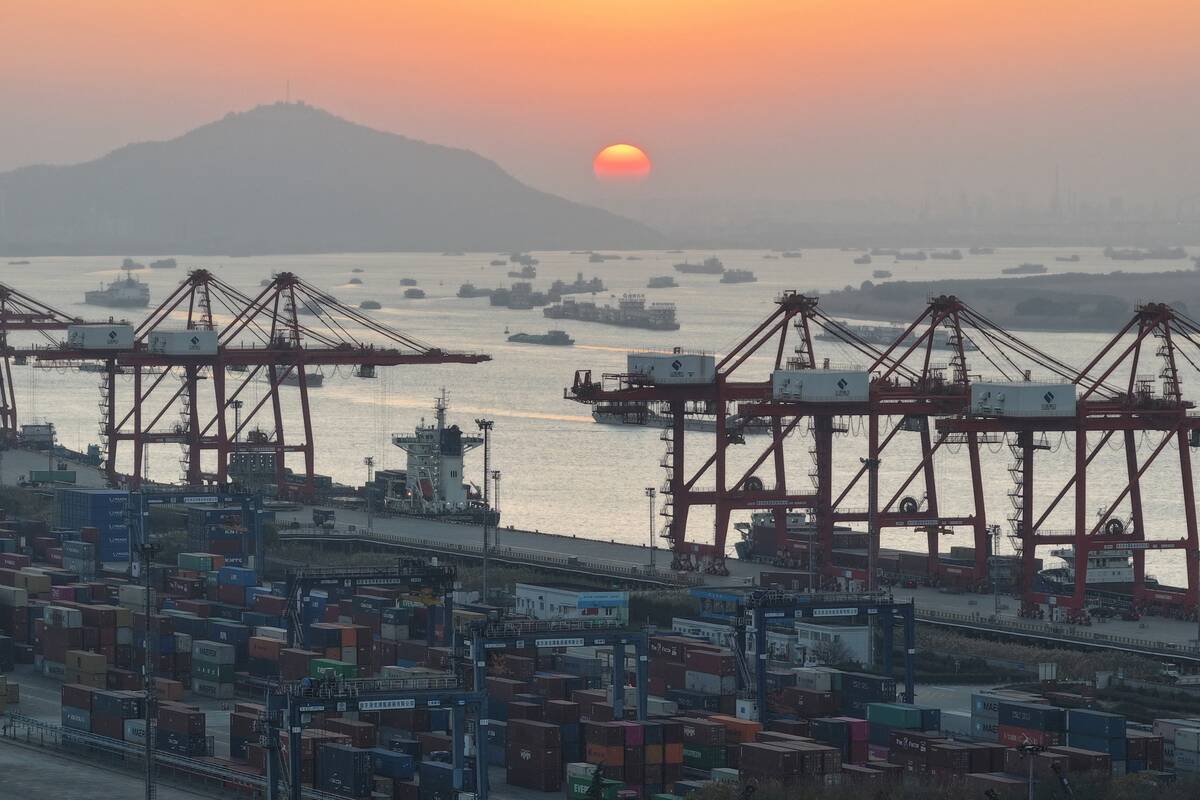
Asia has witnessed a remarkable economic transformation, with countries like China and India emerging as global economic giants. China’s rapid industrialization and export-driven economy have made it a key player on the world stage. Meanwhile, India’s tech sector, particularly in cities like Bangalore, has turned it into a hub for IT services. These developments have not only boosted regional economies but also reshaped global economic dynamics.
Australia: Mining and Modern Prosperity
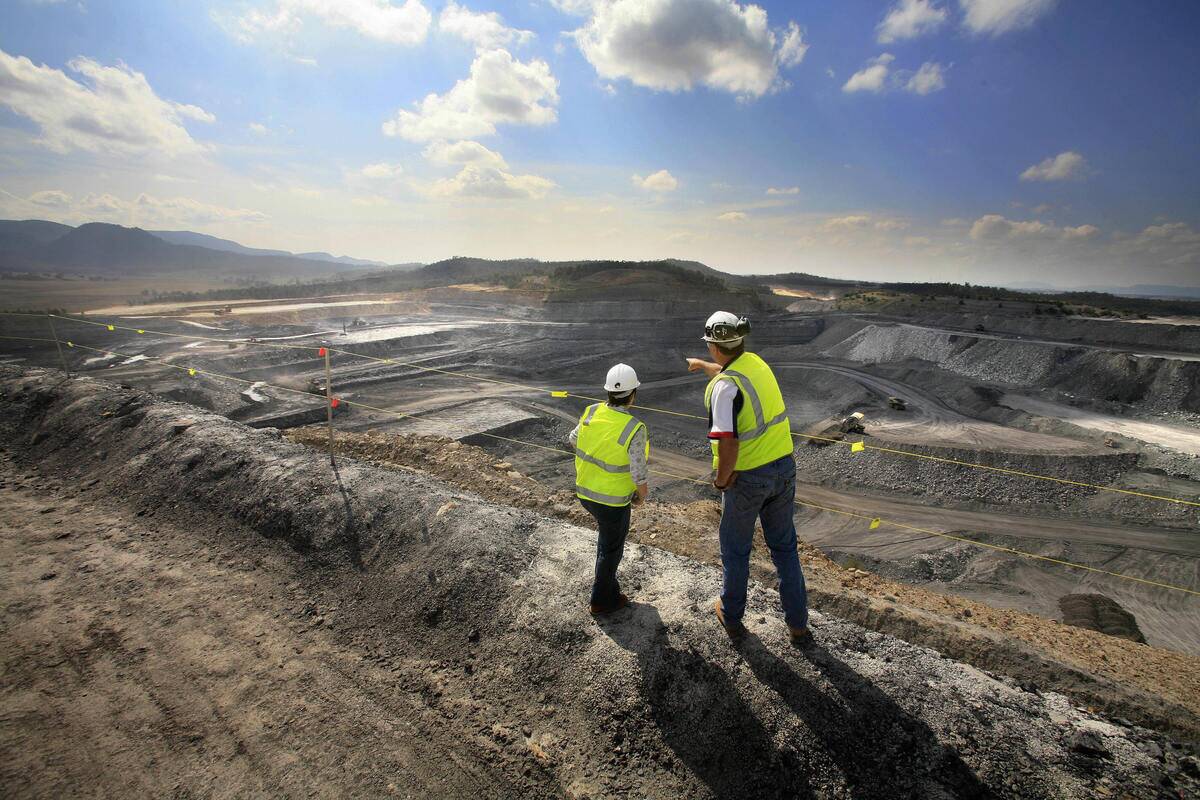
Australia’s economy has long been driven by its rich mineral resources, with coal and iron ore being major exports. The mining sector has been a cornerstone of economic growth, attracting significant foreign investment. In recent years, Australia has also focused on diversifying its economy with sectors like education and tourism gaining prominence. This shift has helped the country maintain economic stability and prosperity in an ever-changing global landscape.
Antarctica: Untapped Potential and Environmental Concerns
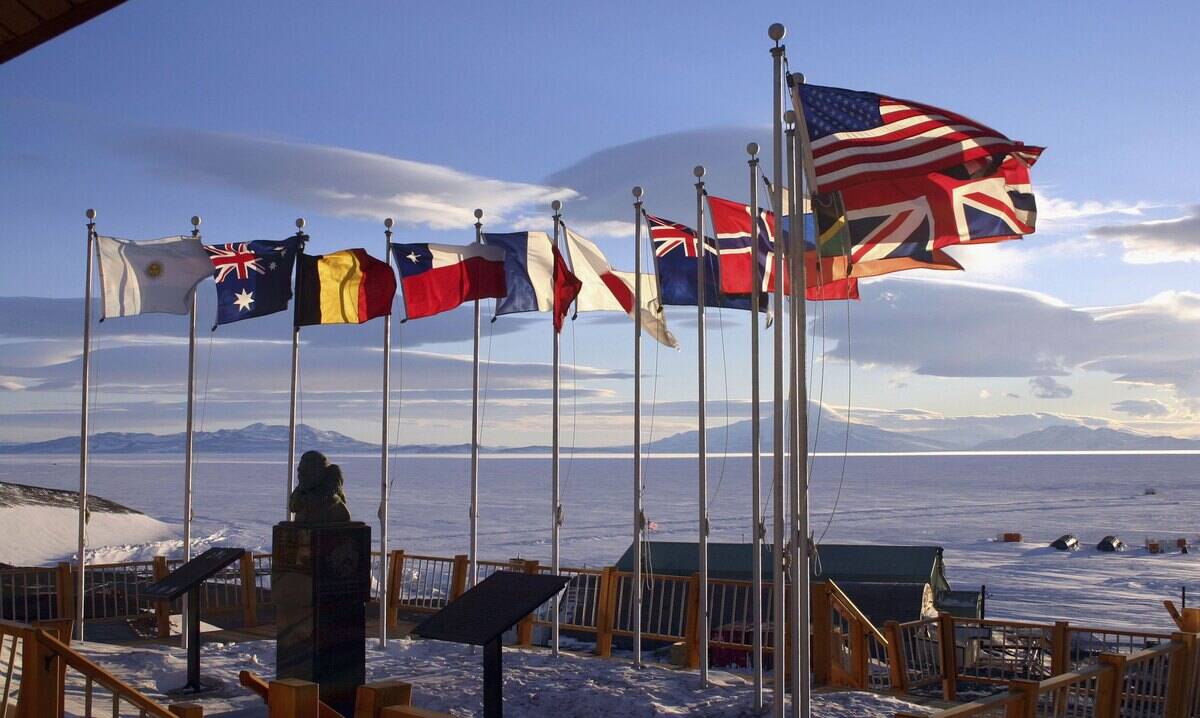
Antarctica, though largely uninhabited, holds immense potential due to its vast reserves of untapped resources like oil and natural gas. However, the Antarctic Treaty System restricts commercial exploitation to preserve the continent’s fragile ecosystem. Environmental concerns, such as the impact of climate change and melting ice caps, further complicate the prospect of resource extraction, making Antarctica a focal point for scientific research and environmental preservation efforts.
Africa’s Agricultural Roots and Modern Challenges
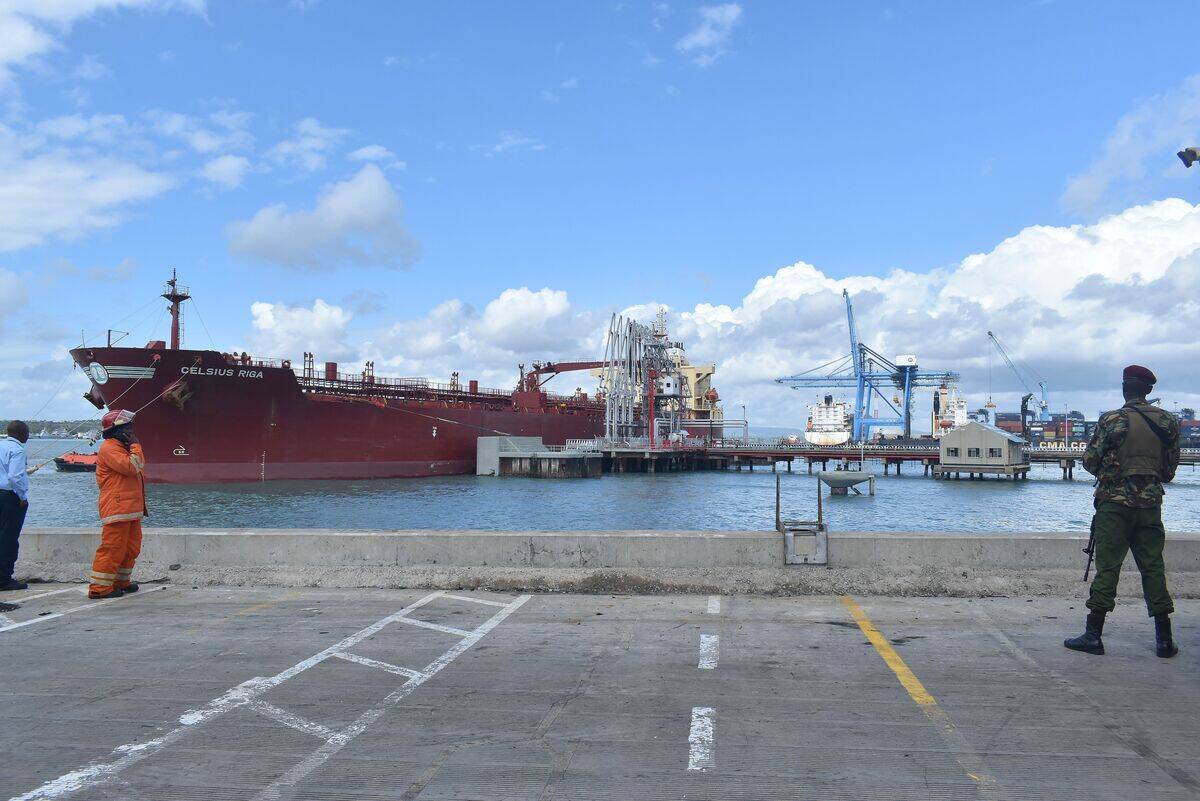
Agriculture is a vital sector for Africa, employing a significant portion of its population. Countries like Kenya and Ethiopia are known for their coffee and tea exports. However, the continent faces challenges like climate change and outdated farming techniques, which hinder productivity. Efforts are underway to modernize agriculture through technology and investment, aiming to ensure food security and bolster economic growth across the region.
North America’s Technological Innovations

North America, particularly the United States, is a leader in technological innovation. Silicon Valley in California is the epicenter of tech development, home to giants like Apple, Google, and Facebook. This tech prowess drives economic growth and influences global digital trends. Canada also contributes with its burgeoning tech hubs in cities like Toronto and Vancouver, fostering a collaborative environment for startups and tech enthusiasts.
South America’s Agricultural and Mineral Wealth
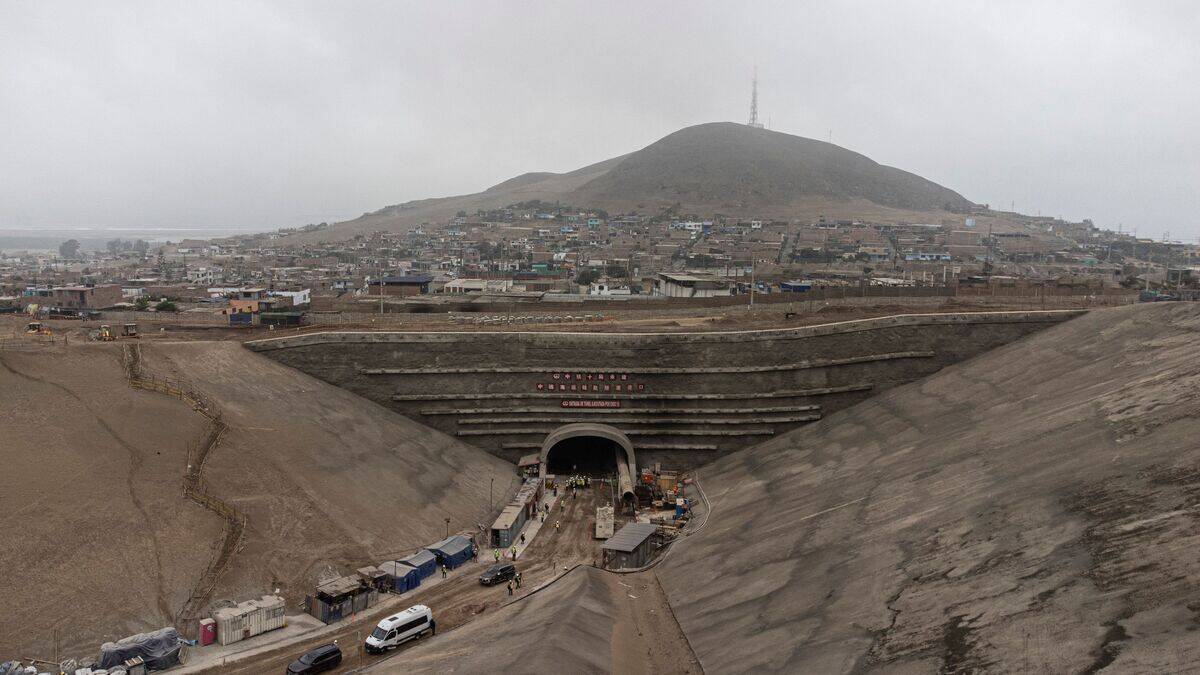
South America’s economy is heavily influenced by its agricultural and mineral wealth. Brazil’s expansive agricultural sector makes it a top exporter of products like beef and soybeans. Meanwhile, Chile is the world’s leading producer of copper, essential for electronics and construction. These resources are economic lifelines for the continent, providing jobs and revenue, but also pose challenges in terms of sustainable management and environmental impact.
Europe’s Financial Hubs and Economic Integration

Europe is home to some of the world’s most influential financial hubs, with London and Frankfurt leading the charge. These cities drive global finance, banking, and investment, playing a critical role in the continent’s economy. Europe’s economic integration, epitomized by the European Union, promotes trade and stability across member states. Despite challenges like Brexit, the EU continues to foster economic collaboration and growth within the region.
Asia’s Manufacturing Powerhouses
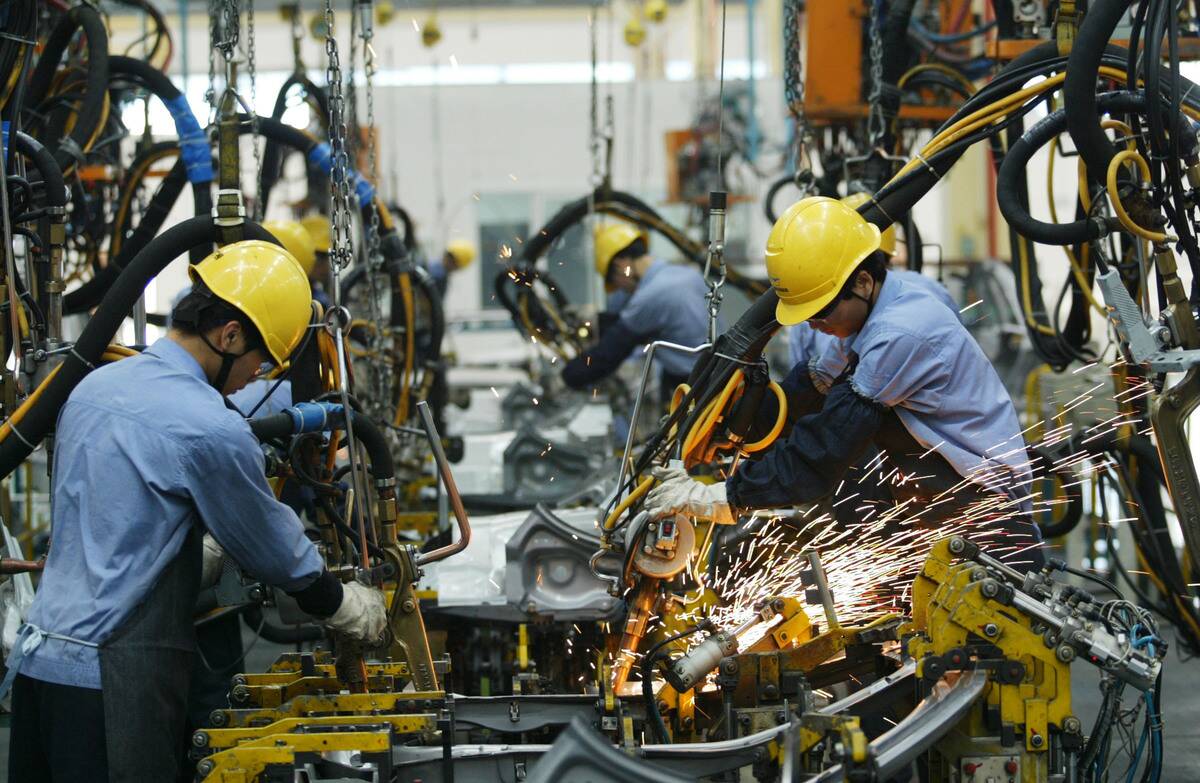
Asia’s economic success is largely due to its manufacturing powerhouses like China, Japan, and South Korea. China has become the world’s factory, producing everything from electronics to textiles. Japan’s automotive and electronics industries are globally renowned, while South Korea is a leader in technology and shipbuilding. These manufacturing giants drive economic growth, providing jobs and exports that bolster the region’s influence on the global stage.
Australia’s Unique Economic Landscape

Australia’s economy is characterized by its unique blend of natural resources and service industries. The country is a major exporter of coal, iron ore, and natural gas, which are vital to its economic health. In addition, Australia’s education and tourism sectors attract international students and visitors, contributing significantly to GDP. This diverse economic landscape provides resilience against global economic shifts and supports sustainable growth.
Antarctica: Scientific Research and Future Prospects
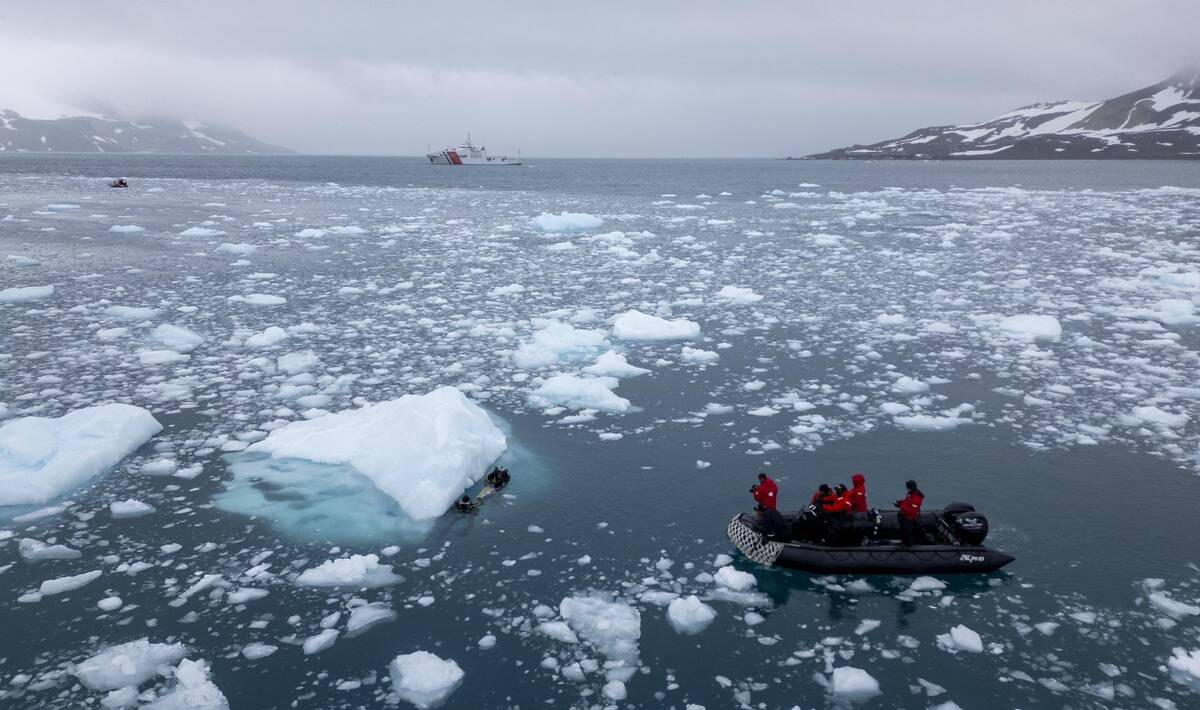
Antarctica serves as a hub for scientific research, with numerous countries operating research stations across the continent. Scientists study everything from climate change to glacial movements, contributing valuable data to global understanding. While commercial exploitation is limited, the future may hold potential for scientific breakthroughs that could impact fields like climate science and biotechnology. The region remains a vital point of interest for international collaboration and environmental conservation.
Africa: The Role of Trade and Investment
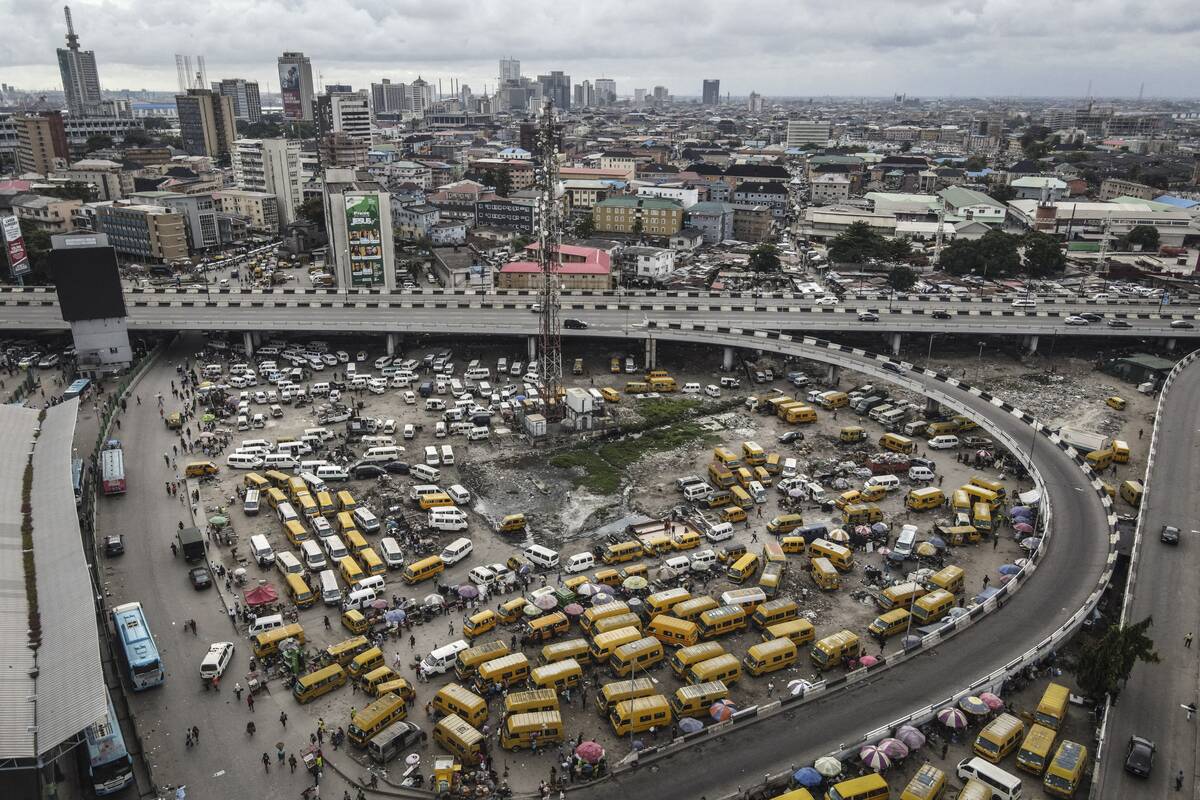
Trade and investment are crucial for Africa’s economic development. Initiatives like the African Continental Free Trade Area aim to boost intra-African trade and integration. Foreign investments, particularly from China and the United States, focus on infrastructure and technology, offering opportunities for growth. However, challenges such as political instability and regulatory hurdles still need addressing to fully capitalize on these opportunities and drive sustainable economic progress.
North America: Consumer Markets and Cultural Influence

North America boasts some of the world’s largest consumer markets, driven by a diverse and affluent population. The United States, in particular, leads in consumer spending, which fuels domestic and global economic activity. The cultural influence of North America is profound, with Hollywood and the music industry shaping global entertainment trends. This soft power complements economic might, making the region a pivotal player on the world stage.
South America: Political Changes and Economic Impact

South America’s economy is often influenced by political shifts, with changes in leadership impacting economic policies. Countries like Argentina and Brazil have experienced significant political transitions that affect markets and investor confidence. These political dynamics can lead to reforms or instability, influencing economic growth and development. Understanding the interplay between politics and economy is crucial for navigating the region’s complex economic landscape.
Europe: The Eurozone and Economic Stability

The Eurozone, comprising 19 of the EU’s member countries, represents a significant economic bloc with a shared currency, the euro. This integration promotes stability and simplifies trade within the region. However, economic challenges such as debt crises and differing fiscal policies among member states pose ongoing issues. Despite these hurdles, the Eurozone remains a cornerstone of Europe’s economic framework, driving growth and cohesion.
Asia: Digital Economies and Future Trends

Asia is at the forefront of digital transformation, with countries like China and India leading in technology adoption. E-commerce giants like Alibaba and Flipkart drive the digital economy, while advancements in fintech and digital payments revolutionize financial services. These innovations are setting future economic trends, positioning Asia as a leader in the global digital landscape. As technology evolves, the region continues to influence the direction of global economic development.
Australia: Sustainable Practices and Global Positioning

Australia is increasingly focusing on sustainable practices to ensure long-term economic health. Renewable energy investments and conservation efforts are key components of this strategy. Additionally, Australia is strengthening its global positioning through trade agreements and diplomatic ties, particularly in the Asia-Pacific region. By balancing economic growth with environmental stewardship, Australia aims to secure a prosperous future while contributing positively to global sustainability efforts.




